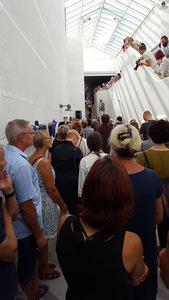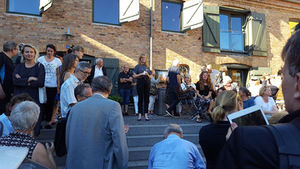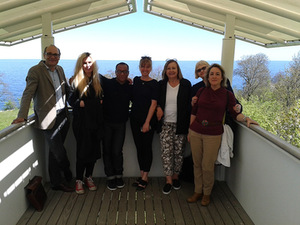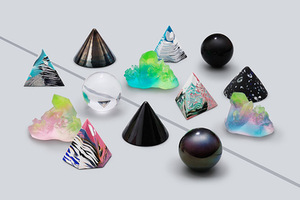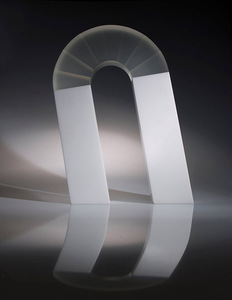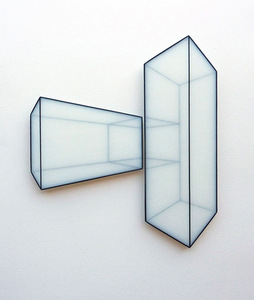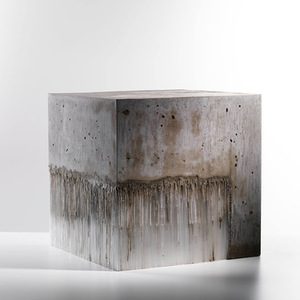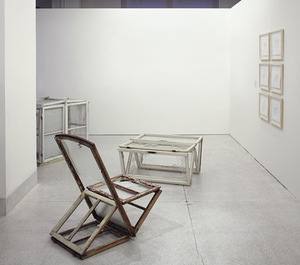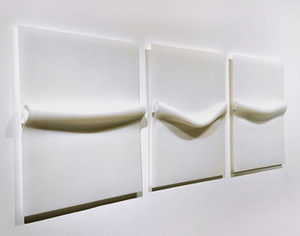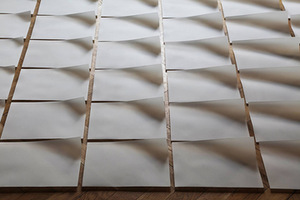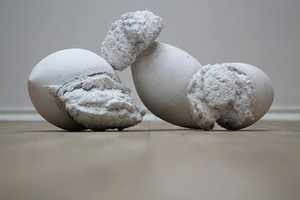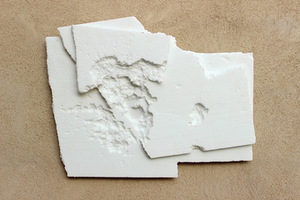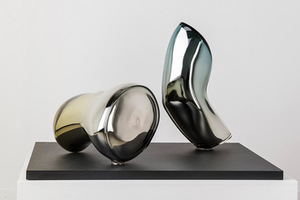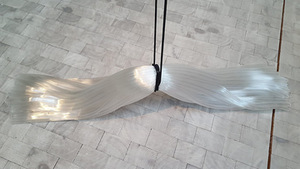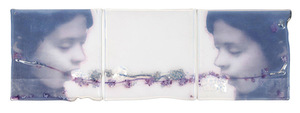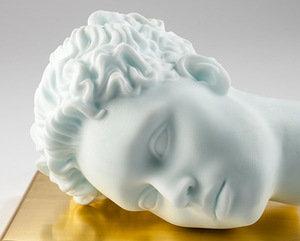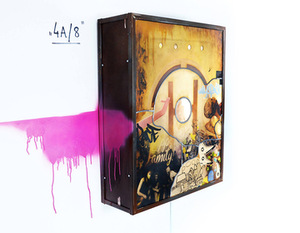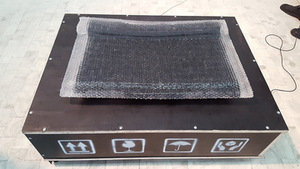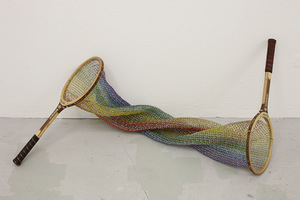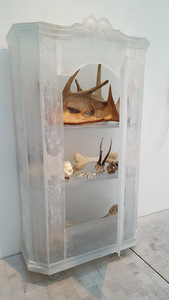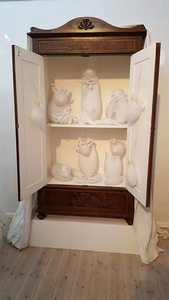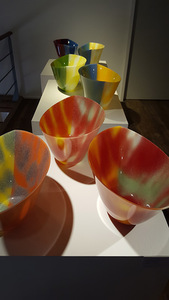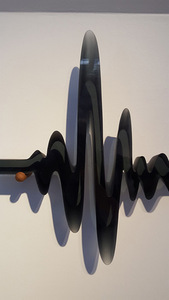European art glass panorama in the project European Glass Context 2016 151
In brief: This autumn, it is still possible to visit one of the most important European ceramics and glass biennials taking place in Denmark, Bornholm. This year it is dedicated to glass art, thus the official title of this year's biennial is European Glass Context 2016. The author of this article has visited the biennial for the fifth time, because that is how many times she has worked with the key Danish authors organizing this European project.
This year's European Glass Context biennial showed the organizers' wish to reveal the modernity and innovation of glass art. Of course, there were no intentions to completely forget the classic glass techniques or glass art expression aspects. However, the emphasis was still on the current popular art expressions (the virtual, installation, modern technologies, the impact of science, integrated media, interdisciplinary art and community spirit). The aim was to highlight the concepts of the work by explaining why one or another work needed the medium of glass to tell a personal story.
So, what visual directions we were able to see at the European Glass Context 2016 exhibitions? First of all, it highlighted a modern minimalist glass work interpretation. Authors like Eeva Käsper, Agnieszka Leśniak Banasiak, Veronika Suter, Judith Rӧder and others could be attributed to this kind of style. Sara Lundkvist's objects looked undoubtedly modern, even though their appearance reminded of industrial production equipment. Sara Karlyn Sutherland's plates of geometrical simplicity were based on the author's studies when she interpreted contemporary architecture with the drawing tools on glass and affected the viewer with her design-like concept. Some of minimal plastic works were marked by one of the most essential properties of glass - optics, reflection, the play of light (works by Angelina Pavlova and Eve Koha).
Harry Morgan's cube, Eva Novakova's architectural installation, Marzena Krzemińska-Baluch triptych of panels and Dalia Truskaitė's piece Unwritten stood out by the laconic but very expressive visual solutions.
This year's main prize winner from Sweden, Karin Forslund's sculptural composition Balancing Process II was also implemented within the frames of moderate shape. The artist showcased the impeccable mastery of the craft and sought to convey the idea of the work with the means dictated by the technique.
Thomas Kuhn's composition Untitled was nominated for the second prize in this year's biennial. With his work made out of opaque glass the author wanted to show the link with polystyrene packaging which was already used and had traces of damage. This artist is interested in the value of the material. According to him, polystyrene is cheap and boring and glass is noble and expensive. However, both of these materials at a given moment can be similar.
Romance, narratives, and even secrets accompanied another direction of glass art works. The emotional world of artists unfolded in such works - memories, fears and links as well as biographies of the authors. For example, the artist Sibylle Peretti exhibited several objects from the series I search in Snow. Her work composed of painted, engraved and silvered opalescent plates revealed the hidden life bookmarks and allowed to see and feel the desire for the invisible inner truth.
The young artist Kalina Bańka showed an interesting solution with her stained glass works - a kind of boxes. Her work 4a/8 spoke of the noisy, intrusive, dirty and destructive city that many of us inhabit: we pass the graffiti painted houses, visit the crowded cafes.
Another witty work featured at the exhibition belongs to Shige Fujishiro and is titled Where is my paradise? (Rainbow). It deals with such categories as inside/outside, I/you, in/out. Another topic it focuses on is sports - a game of badminton played by two people. It expressed the bond between the couple.
Camille Jacobs' ensemble of vases Tulpomania stood out by the aesthetics of coloring. According to the Belgian glass artist, the work was inspired by tulips. The asymmetric shapes of tulips were constrained, but the fiery colors and the associative graphics of blossoms remained.
Looking at the works of the Danish artist Karin Mørch, we admire the aesthetics of the line. This artist has formed a unique and recognizable artistic style. Her works are abstract and also very calligraphical. The artist speaks very sensitively about the glass material. In the Bornholm exhibition, Karin Mørch presented the project Tones. These are the work series highlighting the grace and plasticity of the line. We notice the pulsating and change of the glass line.
Photographs by Raimonda Simanaitienė and the artists








